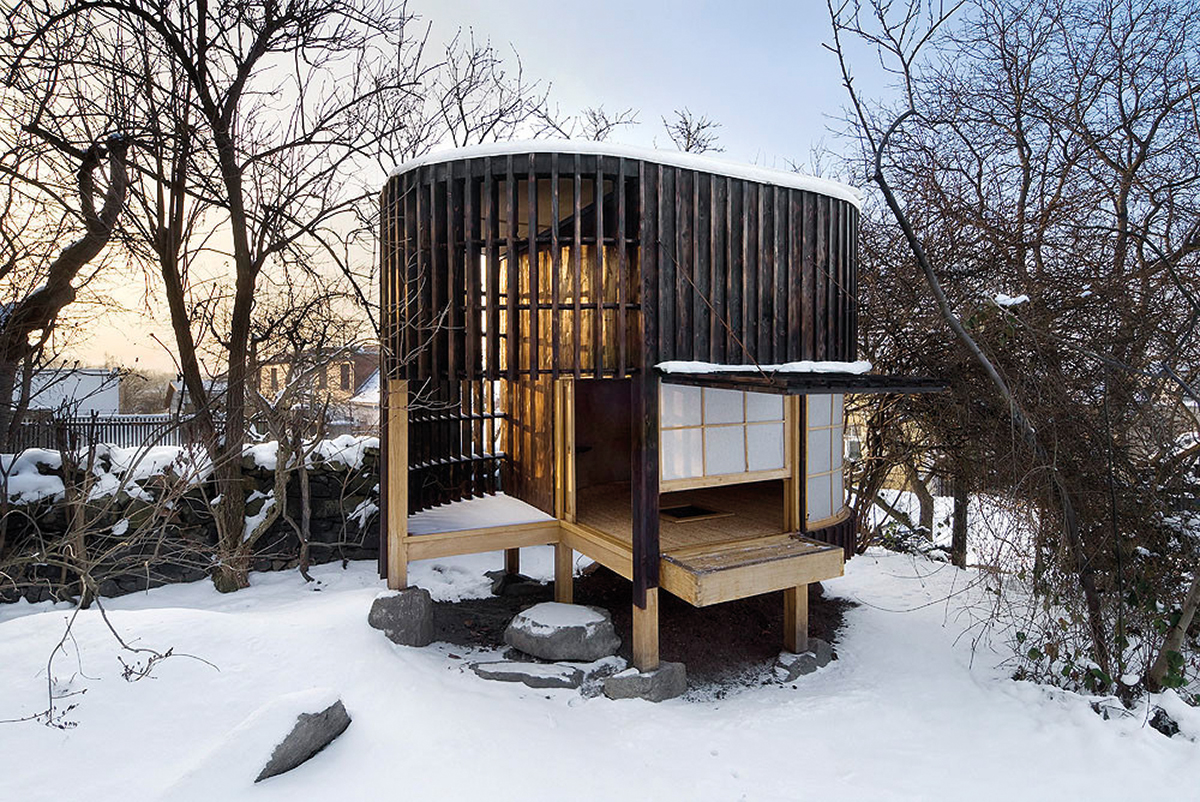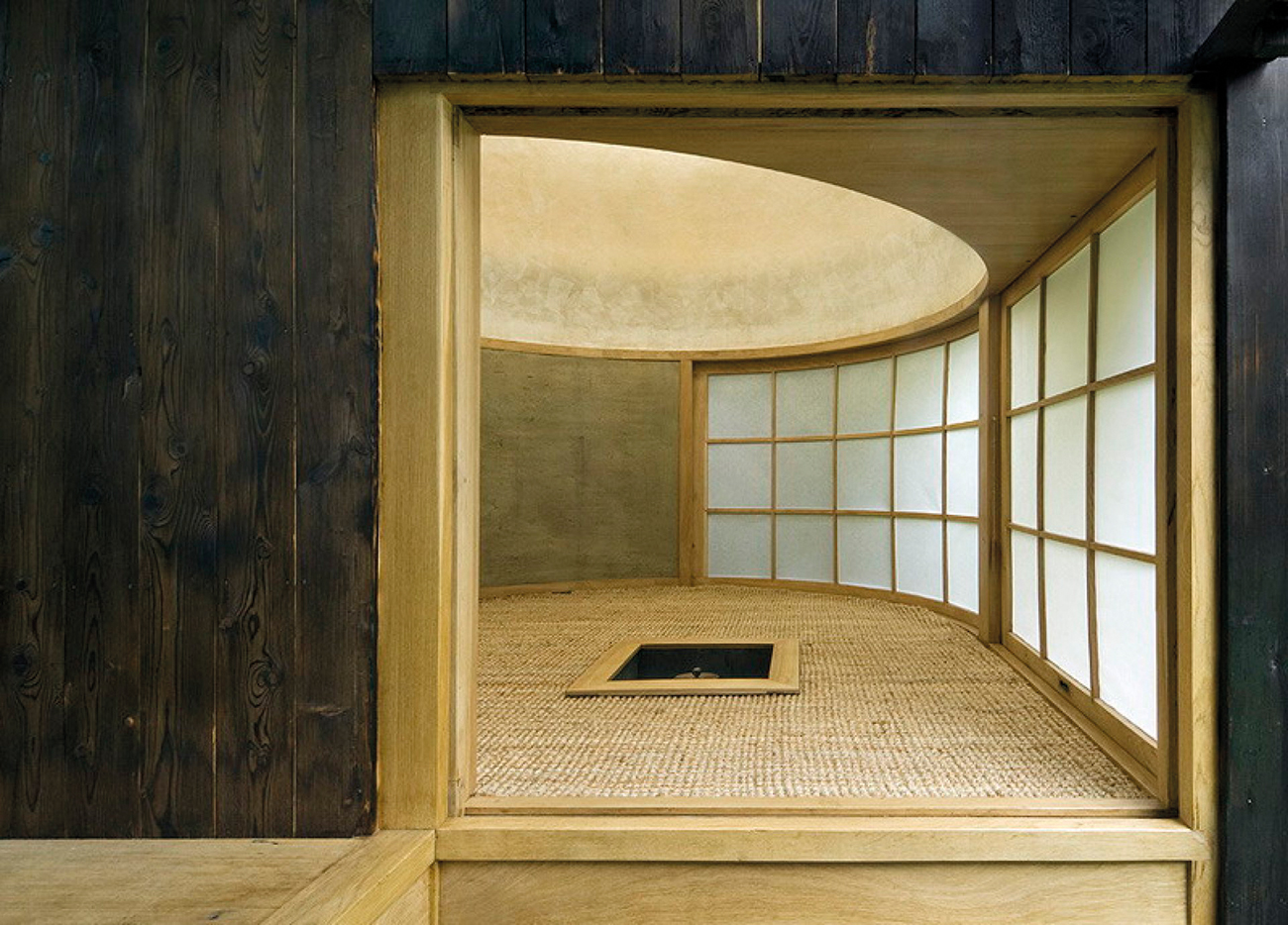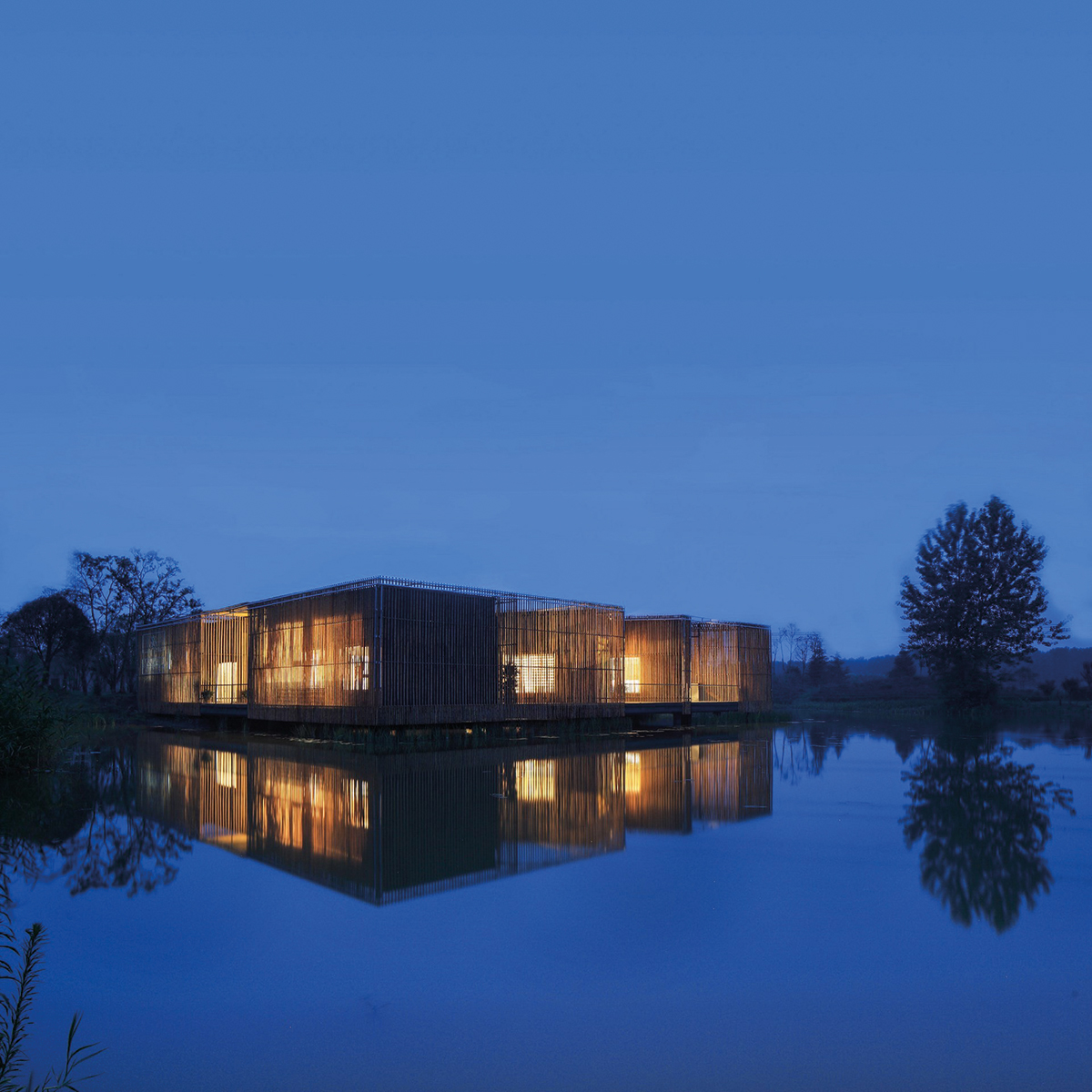“While there is tea, there is hope,” so wrote the English playwright Sir Arthur Wing Pinero. There’s also likely a teahouse.

Legend has it that tea as a drink was discovered by the first emperor of ancient China, Shen Nung, around 5,000 years ago when a gust of wind blew a tealeaf into a pot of boiling water.
A Chinese document dated from 59 BC was thought to be the first proven reference to the consumption of what is now the world’s most popular beverage (aside from water) until the recent discovery of the remnants of loose-leaf green tea in the tomb of the Jing Emperor Liu Qi, who died in 141 BC. However, scientists are unsure whether the tea was used as a drink or for medicinal purposes.
Certainly, by the 8th century – around the middle period of the Tang dynasty – tea culture in China was flourishing, catalysed greatly by the publication of The Classic of Tea by Buddhist monk, Lu Yu. Rather than viewed as a medicinal tonic, tea took on great cultural significance as the focal point of social events and celebratory rituals. The teahouse became a place where business was done, artists gathered, poets performed, and stories told – in some parts of China, the teahouse even replaced lawcourts as a venue to settle legal disputes. Guangdong teahouses in the southern reaches of China became renowned for serving tea accompanied by dim sum (small plates of snack foods like dumplings), a trend that is now among the most popular around the world.
Tea culture was similarly embraced in Japan. Ochaya teahouses were used for entertainment, including the employment of geisha, while the more traditional chashitsu were a place of contemplation, used for tea ceremonies known as chado (‘the way of tea’), and often built in restful, rural settings surrounded by gardens. Traditional Japanese teahouses are intimate, low-ceilinged, paper-walled affairs, incorporating the country’s iconic minimalist design and comprising two rooms. The first space serves as a tea storage and food preparation area, the second being the main area with tatami mats and a charcoal pit to boil the water. Understated decoration usually takes the form of a wall-mounted calligraphy scroll or a simple arrangement of flowers.
Thomas Twining opened what was London’s – and likely Britain’s – first tearoom, on The Strand in 1706, the foundations of what was to become the legendary Twinings Tea brand. The tearoom still stands today – albeit a highly modernised version – and serves as an attraction for tea enthusiasts to learn of its history, sample some leaves, take masterclasses, and create some blends. Verve visits some more fascinating tearooms from around the world.

Vancouver Tea House, Canada
Positioned on a rooftop terrace on the 19th floor of a commercial tower in downtown Vancouver is a 12sqm pavilion designed by renowned Japanese architect Kengo Kuma. Built to serve for ceremonial purposes, it’s a contemporary take on the traditional teahouse that swaps out imported Japanese cedar for local Douglas fir within the glass and steel frame. Shoji screens are covered with Japanese washi paper, there are sliding doors, and a low ceiling above a central hydraulic table that can be raised and lowered. Pebbles and moss sprinkle the surrounds, and the view of Coal Harbour is mesmeric.
Pin Von Tea House, China
Suzhou to the west of Shanghai is often referred to as the ‘Venice of the East’ owing to its historic building-lined canals, but unlike Venice it’s a city rich in tea, rather than coffee, culture. The Pin Von Tea House is a 130-year-old icon popular with both tourists and oarspeople who work the canals that it overlooks. Inside the character-rich classic architecture awaits traditional Chinese music, and a menu that brims with house special dumplings and a massive selection of Chinese teas.
Takasugi-an, Japan
In the city of Chino, in the Nagano Prefecture, is an iconic teahouse by architectural historian-turned architect Terunobu Fujimori who didn’t even get his first commission until the ripe old age of 44. Famed for his use of raw and natural materials, Takasugia-an (which translates as ‘a teahouse built too high’) has room for just four guests and sits perched atop two six-metre chestnut trees with accessed via a ladder. Echoing the tradition that a tea master must have total control over the building of their teahouses, Fujimori believes the teahouse to be “the ultimate personal architecture”.
Tea House, Czech Republic
A collaboration between David Maštálka of A1 Architects and sculptor Vojtech Bilisic, Tea House springs from a garden dotted with apple and cherry trees at the foot of a hill in Prague. Based on traditional Japanese minimalist design, built from oak, and standing on stones sourced from a local pond, the intimate tea house is a place of contemplation that Maštálka says is a world where “time flows at its own pace”.
Bamboo Courtyard Teahouse, China
Designed by architect Sun Wei of HWCD Associates, the Bamboo Courtyard Teahouse floats restfully on a lake in the stunning Shiqiao garden in historic Yangzhou. Bamboo lattices rise from the sides of overlaying rectangular square grids to form screen walls and shelters that create inward and outward facing spaces, connected by corridors, that look towards the lake or a central void. Illuminated at night the teahouse resembles a massive floating Chinese lantern.
Kou-an Glass Teahouse, Japan
As if being built pretty much entirely of glass – including the ceiling and raised floor – isn’t special enough, a prism on the roof of the Kou-an Glass Teahouse directs the sun to create a rainbow underfoot. Built by Japanese artist and designer Tokujin Yoshioka, next to the ancient Buddhist Shoren-in Temple in Kyoto, the transparent walls also afford jaw-dropping views of the city and surrounding Higashiyama Mountains. A glittered pattern across the floor was incorporated by the designer to “remind of ripples on the surface of water”.







